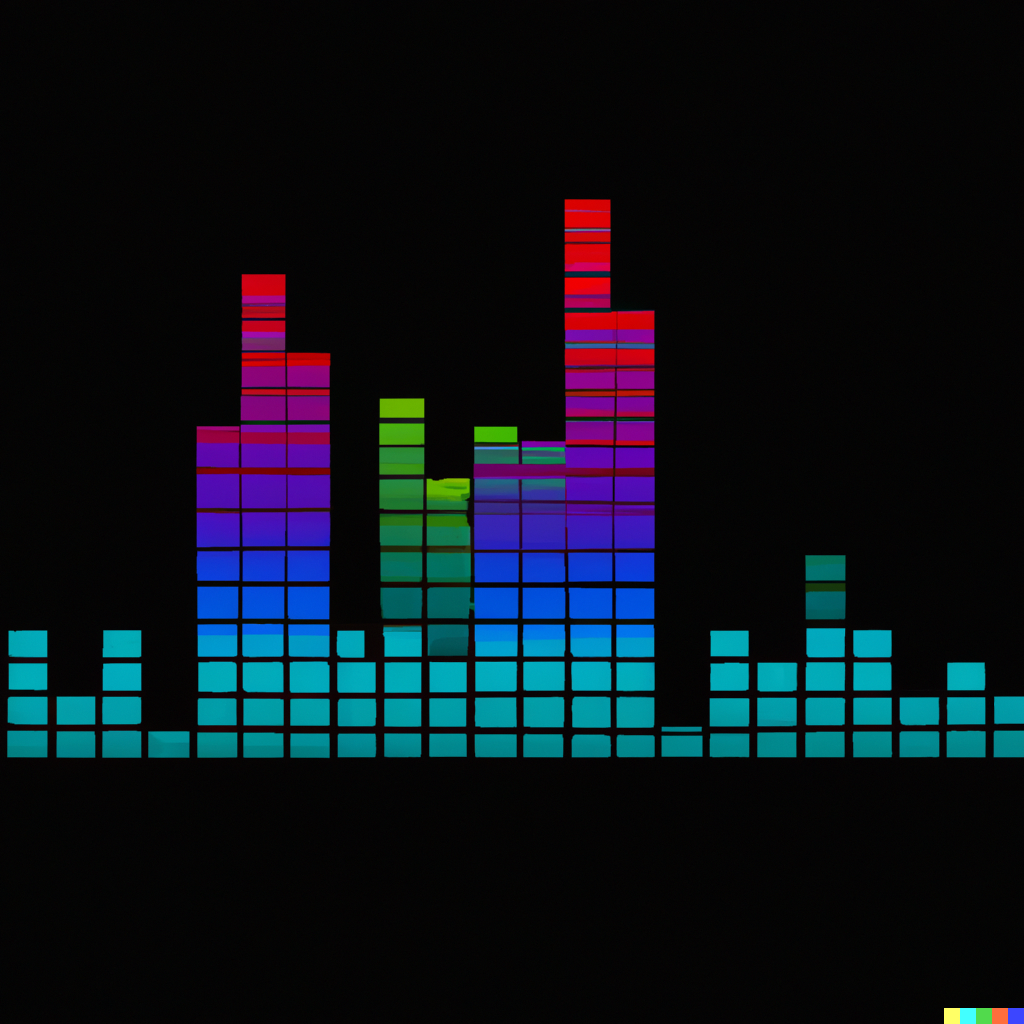The Art of Microphone Placement in Music Recording
Microphone placement is an art that can make or break a music recording. A great performance can be ruined by poor microphone placement, while a mediocre performance can be made to sound exceptional with the right microphone placement. In this article, we will explore the art of microphone placement in music recording and discuss the various techniques used to achieve the desired sound.
Introduction
Microphone placement is a critical part of the recording process that can be challenging for even the most experienced recording engineer. It involves finding the sweet spot for the microphone, where it captures the sound of the instrument or voice in the best possible way. The aim is to achieve a natural sound that accurately reflects the character of the instrument or voice being recorded.
The Importance of Microphone Placement
The importance of microphone placement cannot be overstated. A microphone placed in the wrong position can cause phase cancellation, which results in a thin or hollow sound. Similarly, placing the microphone too close to the instrument or voice can result in an overpowering or boomy sound, while placing it too far away can result in a weak and distant sound.
Microphone Placement Techniques
There are several microphone placement techniques that can be used to achieve different types of sounds. Some of the most common techniques include:
1. Close Mic Technique
The close mic technique involves placing the microphone very close to the instrument or voice being recorded. This technique is used to capture a dry, upfront sound with little to no room ambience.
2. Room Mic Technique
The room mic technique involves placing the microphone further away from the instrument or voice being recorded to capture more room ambience. This technique is commonly used for recording drums, choirs, and orchestras.
3. Mid-Side Technique
The mid-side technique involves using two microphones, one pointed directly at the sound source and the other pointed at the room’s ambient sound. This technique allows for the control of stereo width and can be used for recording vocals, drums, and guitars.
4. XY Technique
The XY technique involves using two directional microphones that are angled at 90 degrees to each other to create a stereo image. This technique is commonly used for recording acoustic guitar, percussion, and piano.
Microphone Placement Tips
Here are some tips for microphone placement that can help achieve the desired sound:
1. Experiment with Different Microphone Types
Different microphones have different polar patterns and frequency responses, which can affect the sound captured. Experimenting with different microphones can help find the best microphone for the sound being recorded.
2. Listen Carefully
Listening carefully to the sound being recorded can help determine the best microphone placement. Moving the microphone around while listening can help find the sweet spot.
3. Keep the Microphone at the Same Distance
Keeping the microphone at the same distance from the sound source can help maintain a consistent sound. This is especially important when recording multiple takes.
4. Consider the Room Acoustics
Room acoustics can have a significant impact on the sound captured by the microphone. It is important to consider the room’s size, shape, and materials when placing the microphone.
Conclusion
Microphone placement is an art that requires experience, patience, and attention to detail. A good recording engineer understands the importance of microphone placement and how it can affect the final recording. By following the techniques and tips outlined in this article, you can achieve the desired sound and create a recording that accurately reflects the character of the music being performed.

Leave a Reply